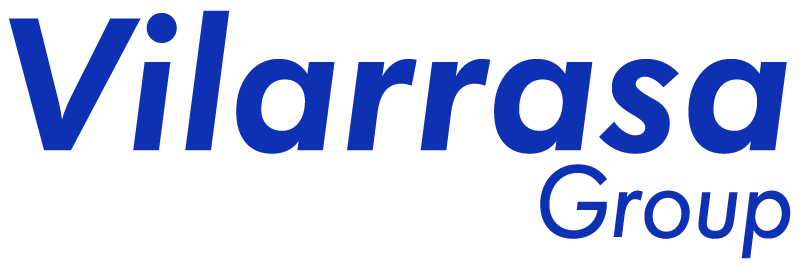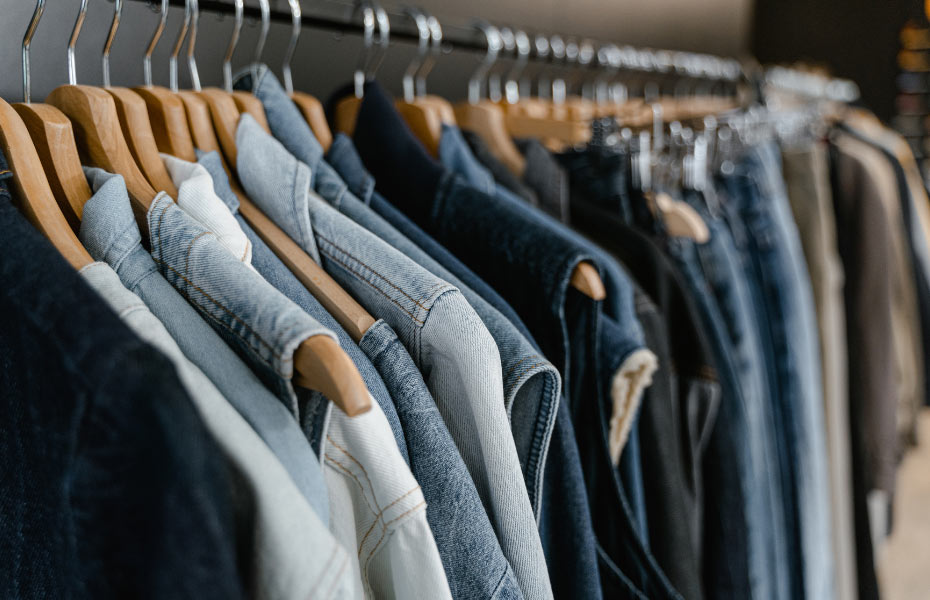With the start of a new year, new trends are emerging, and the textile sector is no exception. For this reason, we share with you 5 of the trends that will mark 2023 in the textile industry. Don’t miss any detail!
1. New requirements linked to the design of Textile products
The EU strategy on textiles and circular products aims to ensure that by 2030, all textile products placed on the EU market are durable and recyclable. Made largely from recycled fibres, free of hazardous substances and produced with respect for social and environmental rights. At Vilarrasa, we have been acting in a sustainable way for more than 50 years, dedicating our production from the beginning to the manufacture of pre-consumer recycled yarns, contributing to the reduction of textile waste.
2. End the destruction of textile products
The Commission proposes a transparency obligation obliging large companies to make public the number of products they discard and destroy, including textile products. In addition, it is planned to introduce bans on the destruction of unsold products. In this way, Vilarrasa has been carrying out post-consumer projects for more than 4 years thanks to the know-how of more than half a century working in the world of recycling. This is how RESPIN by Vilarrasa was born, which aims to work with different post-consumer waste to create new high quality products.
3. Introduce information requirements and digital product passports
The European Commission will work on the implementation of a digital passport for textile products based on mandatory information requirements on circularity and other environmental aspects. The EU market will have to include fibre composition labelling as well as information on production processes.
This is intended to provide better protection against unfair practices. This will lead to new requirements on how to inform consumers at the point of sale about the commercial guarantee of durability and reparability of the product. Also, how to limit eco-declarations to only those products that have a recognised environmental performance record of excellence, by requiring labels to be based on external verification.
4. Increasing demand for natural fibres
One of the most significant trends that have been shaping the textile industry is the increase in demand for natural fibres. At Vilarrasa we currently work with the most outstanding fibres such as cotton, linen and hemp. Hemp, for example, is one of the most resistant and durable of the natural fibres and we have seen a growing demand for it. This trend is likely to continue because natural fibres have a lower environmental impact.
5. Change through circularity
One of the main objectives within the textile recycling sector is to make the use of resources more effective and to move towards renewable energies and materials in the production of clothing. The fashion industry is one of the most polluting industries, which is why it is expected that more and more companies and regulations are committed to the circular economy, which encourages the reuse of existing materials.


